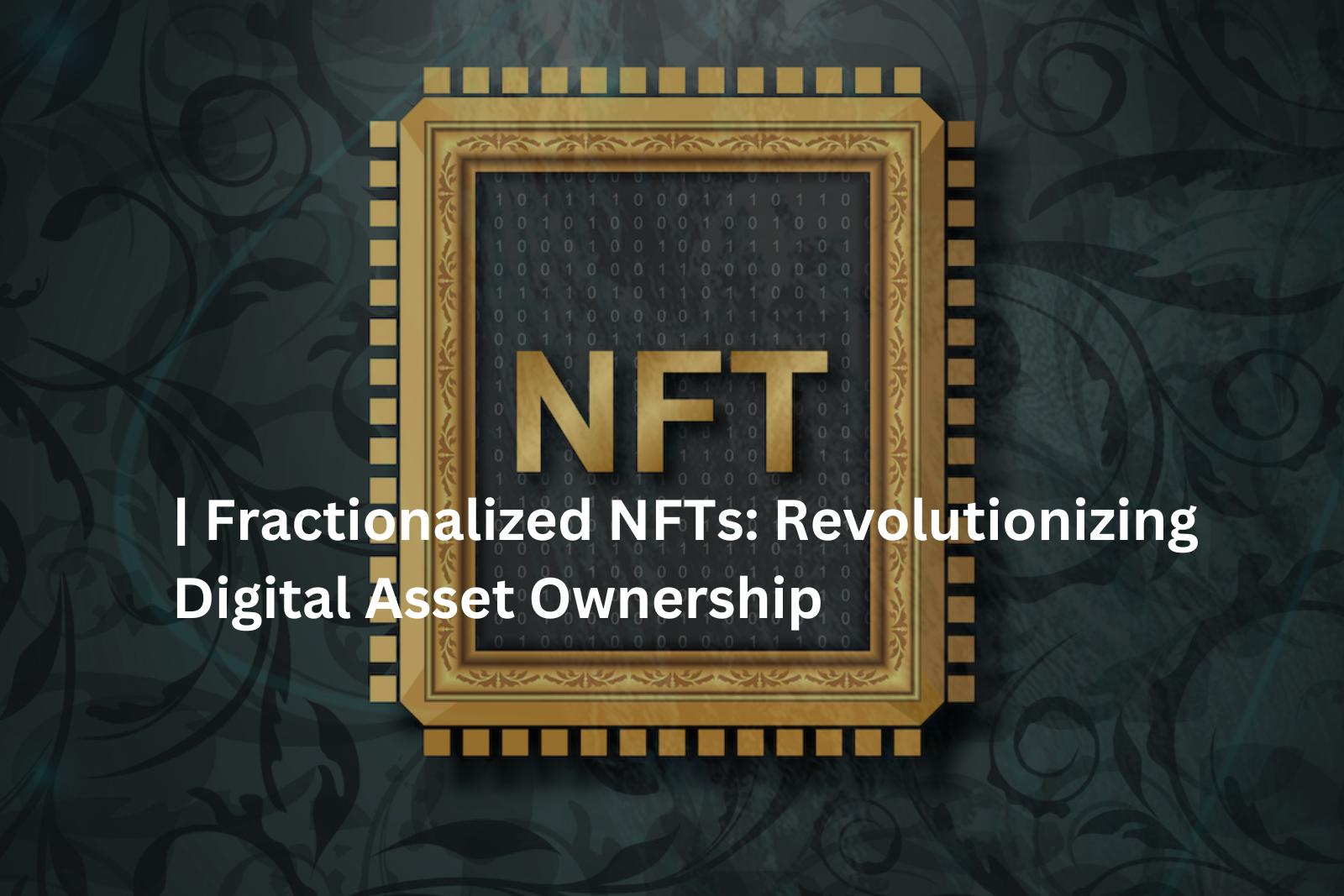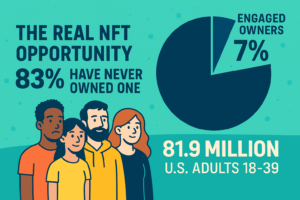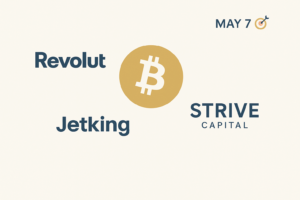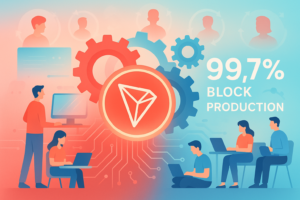
In the rapidly expanding world of blockchain technology, fractionalized NFT (Non-Fungible Tokens) has emerged as a revolutionary concept that is reshaping the way digital assets are owned and traded.
By enabling fractional ownership of high-value NFTs, these tokens open up new possibilities for investors, creators, and digital asset enthusiasts alike. But what exactly are fractionalized NFT, and how are they transforming the landscape of digital asset ownership? Let’s explore.
What Are Fractionalized NFT?
Fractionalized NFT take the concept of Non-Fungible Tokens (NFTs) a step further by breaking down valuable digital assets into smaller, tradable shares.
NFTs, by nature, are unique digital assets that represent ownership or proof of authenticity for items such as digital art, music, videos, and virtual property. However, the cost of owning an entire NFT can be prohibitively high for most individuals.
Through fractionalization, a single high-value NFT can be divided into smaller pieces, known as fractionalized tokens. These tokens allow multiple investors to own a fraction of the NFT, providing them with exposure to the asset without needing to buy the entire piece.
Fractionalized NFTs not only democratize access to expensive digital assets but also allow for the trading and exchange of ownership in a more flexible, accessible way.
How Do Fractionalized NFT Work?
The underlying technology behind fractionalized NFTs is based on blockchain and smart contracts. These smart contracts automatically divide an NFT into smaller portions, each represented by a token that denotes partial ownership.
Each token holds a proportionate share of the NFT’s value, enabling holders to participate in the governance and management of the asset.
For example, imagine a rare digital artwork that is tokenized as an NFT. Instead of one individual purchasing the entire artwork, it can be split into 1,000 fractionalized tokens.
Each token gives its holder a specific share of the digital art, and holders can buy, sell, or trade their fractionalized tokens in NFT marketplaces.
The Benefits of Fractionalized NFT
- Increased Accessibility Fractionalized NFT makes high-value digital assets more accessible to a wider audience. Expensive items like digital art or virtual real estate, which would otherwise be out of reach for most investors, are now affordable due to fractional ownership. This approach opens the doors for a larger group of individuals to invest in valuable NFTs without breaking the bank.
- Liquidity and Market Participation Fractional ownership provides significant liquidity to the NFT market. Instead of waiting for a buyer to purchase the entire asset, owners of fractionalized NFTs can sell or trade smaller portions of the asset. This creates a more dynamic marketplace where individuals can easily exit or enter positions based on their preferences, leading to a more vibrant and active trading environment.
- Shared Ownership and Governance One of the most exciting aspects of fractionalized NFTs is the ability to involve the community in decision-making processes. Token holders can collectively decide what happens to the underlying digital asset. For instance, they may vote on whether to sell, showcase, or use the NFT in some way. This collaborative, community-driven model introduces a new way for people to interact with digital ownership and contribute to its future direction.
- Diversification of Investment Portfolios Investing in fractionalized NFTs allows individuals to diversify their portfolios by adding digital assets that may have otherwise been inaccessible. With fractional ownership, an investor can own portions of different NFTs, ranging from digital art to virtual real estate and collectibles. This diversification helps spread risk while enhancing the potential for returns across various digital asset categories.
Real-World Examples of Fractionalized NFT
Several platforms are already pioneering the fractionalization of NFTs, including Fractional.art, which allows users to fractionalize and trade NFT assets. Fractional.art lets people pool their resources to collectively own digital art, providing the ability to buy and sell shares as desired.
This platform has made it easier for individuals to invest in highly sought-after NFTs by owning fractions of them.
Another example is the $PUNK token, which represents fractional ownership of a rare CryptoPunk NFT. CryptoPunks are one of the earliest and most valuable NFT projects, and their high price points often prevent most investors from purchasing them outright.
By fractionalizing CryptoPunks into smaller tokens, these assets become accessible to a wider range of participants, allowing more people to be part of NFT history.
The Future of Fractionalized NFT
As the NFT market matures, fractionalized NFT are expected to play a significant role in the future of digital asset ownership. These tokens enable greater inclusion by allowing more people to invest in high-value digital assets and participate in the NFT market.
The potential for fractionalized NFTs to bridge the gap between traditional financial markets and blockchain-based systems is enormous, opening up new avenues for investors and creators alike.
Additionally, fractionalized NFTs have the potential to create entirely new business models. Creators can raise funds by selling fractions of their digital assets, allowing them to retain full ownership while still benefiting from the proceeds.
This shift could disrupt industries such as digital art, music, and gaming, enabling creators to monetize their work in new and innovative ways.
Challenges and Considerations
While the benefits of fractionalized NFTs are clear, they also come with some challenges. First, the regulatory landscape surrounding NFTs is still in its early stages.
As the market grows, regulators must address questions related to fractional ownership, taxation, and intellectual property rights.
Moreover, fractionalized NFTs are built on smart contracts and blockchain technology, which may be difficult for new investors to navigate.
As the space evolves, platforms will need to improve user interfaces and provide educational resources to make it easier for people to get started in the world of fractionalized NFT investments.
Final Thoughts on Fractionalized NFT
Fractionalized NFT are transforming digital asset ownership by allowing users to own fractions of high-value NFTs. This makes the market more accessible, liquid, and participatory.
By democratizing access, fractional NFT enable broader investment in valuable digital assets like art and virtual real estate. While the technology is still evolving, fractionalized NFT are set to become a key element in the future of digital asset investment and ownership.








